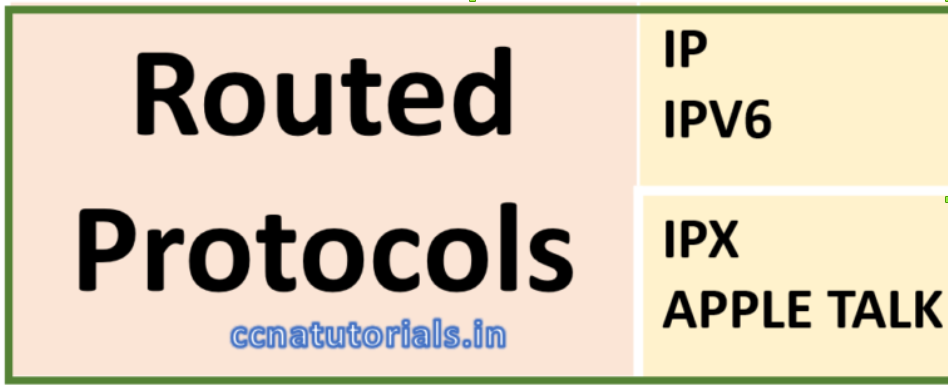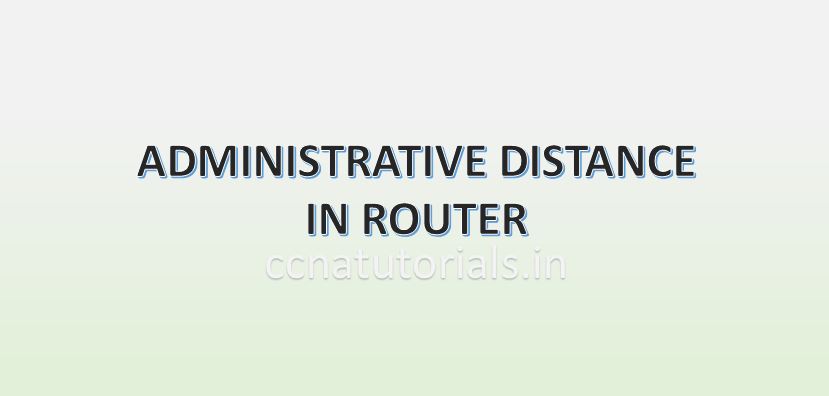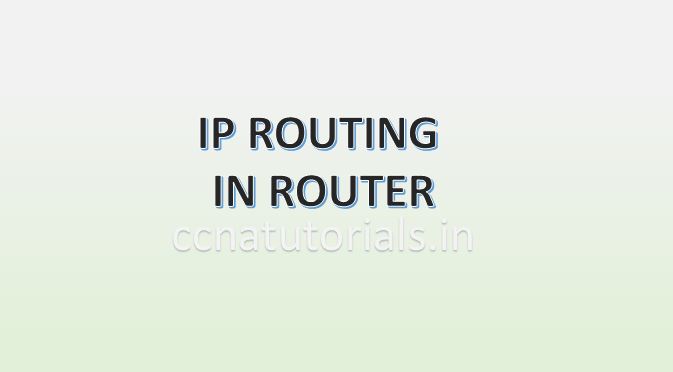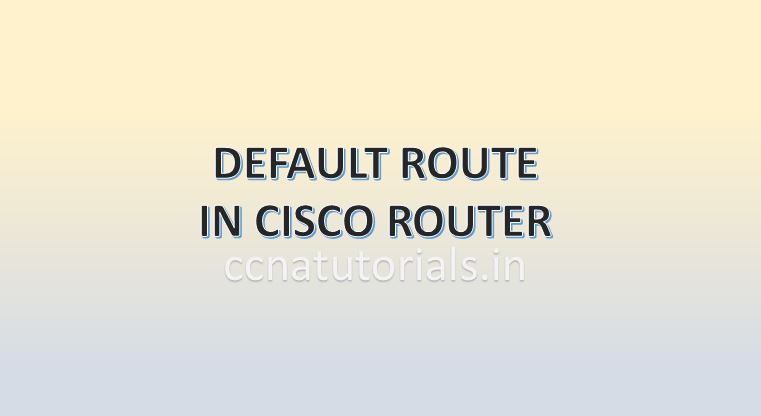In this article I describe the term routing and routed protocol related to networking. Routing and Routed protocol belongs to IP routing in router. IP routing in router is a process of packet transfer between different networks via a router. When we access the internet or intranet the data packets transmitted and received by IP routing in router. Every interface of router has a different network. Routers are also known as layer3 device. Various routing and routed protocol used for moving packets between different networks. Generally the IP routing in router is done by static routing, default routing and dynamic routing protocols.
Requirement of IP routing in router
The function of a router is to move the data packets from one interface to another interface or we can say between different networks. The movement of packets done at layer 3 which is known as network layer of the OSI reference model. Router keep the information of neighbour router and network in its routing table.
There may be many interfaces in a router which connect different networks. How the router moves the packet to its destination it depends on routing and routed protocol. Static route in a router is a set of protocols which allow the router to transfer the packet to its destination. To understand the IP routing in router it is necessary to know about the routing and routed protocol firstly.
Fundamentals of IP routing in router
We know that routers used to connect the different LAN and WAN. We required to connect the different network with a router physically firstly. After completion of physical connectivity next step is to configure the logical network addresses and routing protocols. Each LAN or WAN works in a fix network ID. In case of router I mention the network ID for each LAN. When we work in a LAN, I mention the IP address for each host. Each host assigned a gateway which is the interface of the router to out the packet from that LAN. Router do not forward the packet to host. Router transfer the packet for network ID.
The flow of packets between different LAN depends on destination address on the packet. All routers maintain the routing table to determine the best route to remote network. Routing protocol keep update the routing table in IOS of router. The routing table help to find the destination network of a packet. Basically multiple protocols works for dynamic routing in router to transfer the data between different networks.
Routing and Routed protocols used in IP routing to transfer the data packets from one network to another network. Before going to routing and routed protocols we should know about IP routing in router. Basically IP routing in router is a process of packet transfer between different networks. Selection of path and interface to exit a data packet is based on IP routing. IP routing works on various routing and routed protocols.
Routing protocols
Routing protocols helps router to build and maintain the routing table in routers. Routing protocols are one important part of default routing in router. Routing protocols inform the router about the networks connected at each interface. Routing protocols doesn’t carry or push the data packets in any way. Any change in the network required to be update in the routing tables of all routers. This task is carried out by the routing protocols. Routing protocols help the routers to select the best path to exit the data packets.

Example of routing protocols are RIP, RIPv2, IGRP,OSPF etc. Routing protocols further divided into distance vector, link state and hybrid protocols. These all routing protocols update the routing table of all routers in the network. You can see the routing protocols by “show ip route” command in privilege command mode of router. Routing protocols are not responsible for data packet flow in any way. Routing protocols spread the information of network hierarchy to all routers.
Routed protocols
Routed protocol works with the data packets for default routing in router. Routed protocol sends the data packets within a router’s interfaces. Routing protocol decide the best path and routed protocol send the packets on these paths. Routed protocols are defined on interfaces of router. Routed protocols do not update or maintain the routing table in a router. Routed protocols are responsible for flow of data packets from one network to another network.

Routed protocols sends the data packets to correct exit interface of the router. Routed protocols are configured on interfaces of the router. Example of routed protocols are IP, IPv6, IPX and Appletalk. Routed protocols are basically addressing schema of the interfaces of router. Router identify the destination network of a data packet and send the data packet to correct exit interface. The concept of subnetting takes place in routed protocols.
Conclusion of routing and routed protocol
Both protocols explained above. The function of routing and routed protocol are different. Routing protocols helps router to maintain the routing table while routed protocols are responsible for flow of data in an internetwork.
In this article I described the term routing and routed protocol related to networking. I hope you found this article helpful. For any query or suggestion on this article you may contact us or drop a comment below. your suggestions are always welcome by us.







I haven’t checked in here for some time as I thought it was getting boring, but the last few posts are great quality so I guess I will add you back to my everyday bloglist. You deserve it my friend 🙂
Thanks dear for your such a lovely comment on this article